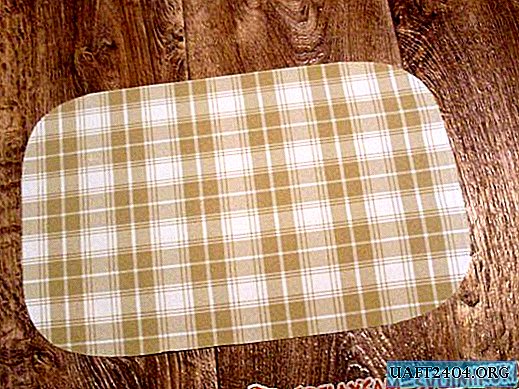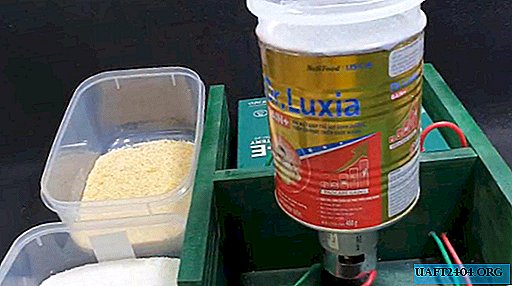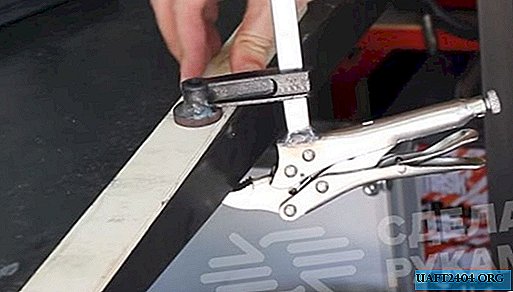Share
Pin
Tweet
Send
Share
Send
The electric motor for such a mini drill can be removed from an old printer (but not a step printer) or a tape recorder.

We need a large syringe, 50 milliliters.

It is necessary to cut or saw off the upper part from it.


Next, we take a low-voltage motor for the diameter of the syringe. Or vice versa: if you have a motor, then we select a syringe of the desired diameter under it in advance.
We insert the motor into the syringe. And fix it with hot glue.


Then we saw through a rectangular hole for the switch, with which we will turn our drill on and off.

Solder the wires to the switch. We install it in the groove and also fix it with hot glue.


With a soldering iron we make a hole on the side closer to the bottom. And let the wires pass from the motor.


To the end of the syringe we glue the battery compartment on hot glue. The battery compartment for four finger batteries in total will give us six volts of power for the motor.

We connect the wires, isolate the shrink tube.


Since we have a budget version of the drill and you probably will not have a special drill chuck, we take the connection terminal from the connection block. This can be found in any electronic store.

We dress the terminal on the motor shaft, tighten the screw. We insert the drill and also fix it with a screw. Works fine. The runout of the drill is minimal.


Drills perfectly, even textolite boards, at least plastic, at least thin metal.



PS: Instead of a connecting terminal, you can use thick insulation from wires of the appropriate diameter. Pull tightly onto the shaft and drill. But this method is preferably used as a last resort, since the connection will not be so strong.
Mini drill from a syringe and not only in the video:
Share
Pin
Tweet
Send
Share
Send











